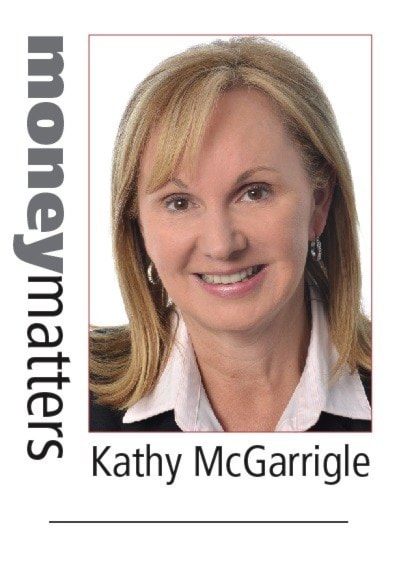The options for home buyers can seem endless and prompt an even greater number of questions. How large a down payment can you afford? Should you try to get in now while interest rates are low, or wait to see if prices go down in the future?
Here are a few questions to help you assess whether buying a home is right for you, or if the alternative, renting, may be better suited for you at this time.
Can you afford a down payment?
You’ll want to pay as large a down payment as possible. The more you pay up-front, the less you’ll have to borrow, the lower your mortgage payments will be, and the less you’ll have to pay in interest over the long term. At least 20 per cent down is a good guideline. If you pay less than 20 per cent, you’ll have to buy mortgage insurance – an extra cost that will add up.
Can you afford the mortgage payments?
The real test of whether you can afford your potential home purchase is whether you can make the mortgage payments and still meet your other financial obligations. Costs to consider include your monthly or bi-weekly mortgage payment (which will be a portion of your remaining loan, plus interest), strata fees if it’s a town house or condo, maintenance expenses and utility costs. Add home insurance, mortgage insurance and property tax costs to the mix and the result is substantial financial responsibility.
Before you decide to take that responsibility on, compare the monthly costs of renting vs. buying. Rental costs include your monthly rent, property insurance, utility costs and your one-time damage deposit. Remember, however, that you’re essentially paying yourself with mortgage payments, but with rental payments you’re paying your landlord. Given this, a monthly mortgage that’s higher than your rental cost may still be worth it, if you can afford it. If you are unsure, ask your financial institution for advice. Some financial institutions, including Coast Capital, provide an online calculator that can help you decide. Try Coast Capital’s mortgage calculator by visiting www.coastcapitalsavings.com, typing “mortgage” in the search box and clicking on “tools and calculators.”
Can you tolerate the risk?
You’ve gone through the calculations and decided you’re financially able to invest in a home. The next step is to consider your risk tolerance. Like any investment, buying a house is a risk. If prices stay the same or decrease over the period that you own, you’ll end up having paid more than you’ll get back after you sell your home, all told.
That said, historically, real estate prices have increased by about four per cent per year on average, which is usually higher than inflation. In other words, the historical standard is that people have made money on real estate. But these numbers can vary widely depending on location and particular market conditions. Being aware of these market trends can help you assess your risk, but you can never fully predict the outcome.
Are you ready to make the long-term commitment?
Finally, purchasing a home requires long-term commitments that you don’t need to make as a renter. You’ll of course need to make a financial commitment – your amortization period is usually 25 years and in most cases, if you sell after just a couple of years, you may have to pay a mortgage penalty. You’ll also be making social commitments (new neighbours and involvement in your strata), time commitments (e.g. maintenance and attending strata meetings) and geographic commitments (the chosen location will determine how far you and your spouse can go for employment or your kids’ schooling). These are all considerations we should not forget in the heat of decision making about a home purchase.
Remember, home is where the heart is, not the headache. By thinking through these questions, you will be able to avoid buyer’s remorse and ultimately make owning a home an exciting reality.
Kathy McGarrigle is chief operating officer at Coast Capital Savings.
